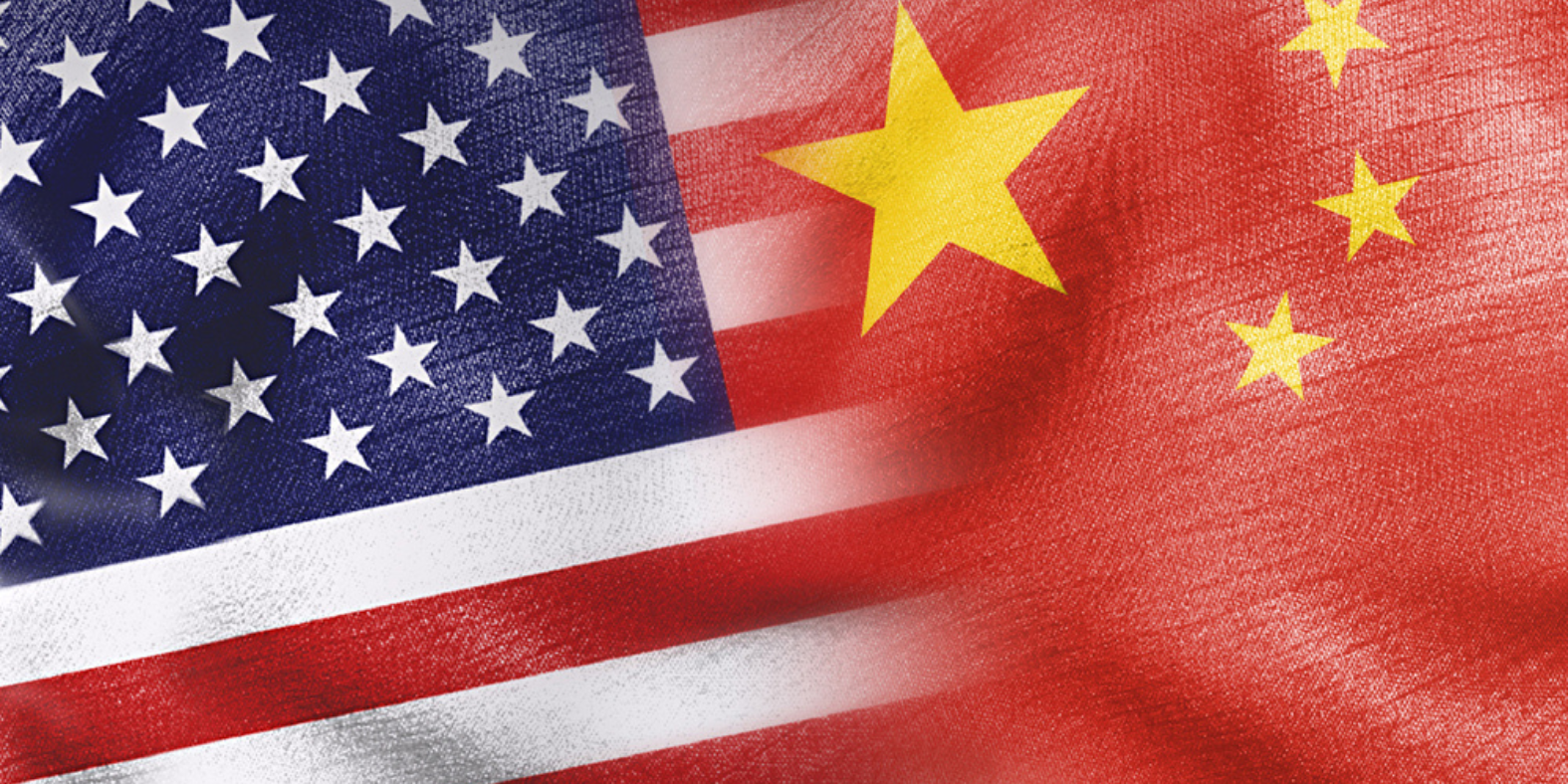In a move that surprised even the most seasoned global analysts, the United States and China stepped back from the edge of a worsening trade war during weekend talks in Geneva, Switzerland. With tariff threats mounting and both economies beginning to feel the bite, the two countries agreed to significantly roll back duties—for now.
For 90 days, the U.S. will reduce its steep 145% tariff on Chinese imports to 30%, while China will slash its 125% levy on American goods down to 10%. This de-escalation comes at a time when economic consequences were becoming too costly to ignore. According to U.S. Treasury Secretary Scott Bessent, “We are in agreement that neither side wants to decouple”—a signal that economic pragmatism is taking precedence over political posturing.
The immediate market reaction tells a compelling story. Alibaba’s shares in Hong Kong rose over 6%, Tencent gained nearly 5%, and EV company Xpeng surged over 10%. Tech and consumer goods—industries heavily reliant on cross-border supply chains—breathed a collective sigh of relief.
So, what’s really happening here?
The Geneva breakthrough exceeded market expectations, according to Guo Shan of Hutong Research. While much of the world had prepared for a prolonged standoff, it appears Washington may have blinked first under mounting Wall Street pressure. U.S. corporate leaders were already sounding alarms about depleted inventory and frozen purchase orders—a clear warning that the tariff war wasn’t just a political spat, but a logistical and economic bottleneck.

On the other side of the Pacific, China also stood to lose more than just export revenue. Shen Meng of Chanson & Co. highlighted the potential for up to 15.8 million job losses—an enormous domestic risk that could jeopardize Beijing’s 5% growth ambitions. For a government that prizes social stability, that figure isn’t just economic—it’s political.
But this moment isn’t just about short-term relief. It highlights a more profound truth: in a hyperconnected global economy, even the biggest powers can’t afford isolationist delusions for long. The U.S. and China may be rivals, but their economies are deeply interdependent. The pause button has been hit, but the fundamental structural tensions remain.
For business leaders—especially founders and co-founders with global exposure—this is a moment to reassess strategy. Reliance on single-market supply chains, overleveraged trade routes, and volatile geopolitical assumptions are no longer tenable in a post-2020 world. Contingency planning must go deeper than just spreadsheets—it must anticipate government decisions driven by pain thresholds, not policies.
The real question now is: Will these 90 days become a platform for lasting solutions, or just a countdown to the next confrontation?
